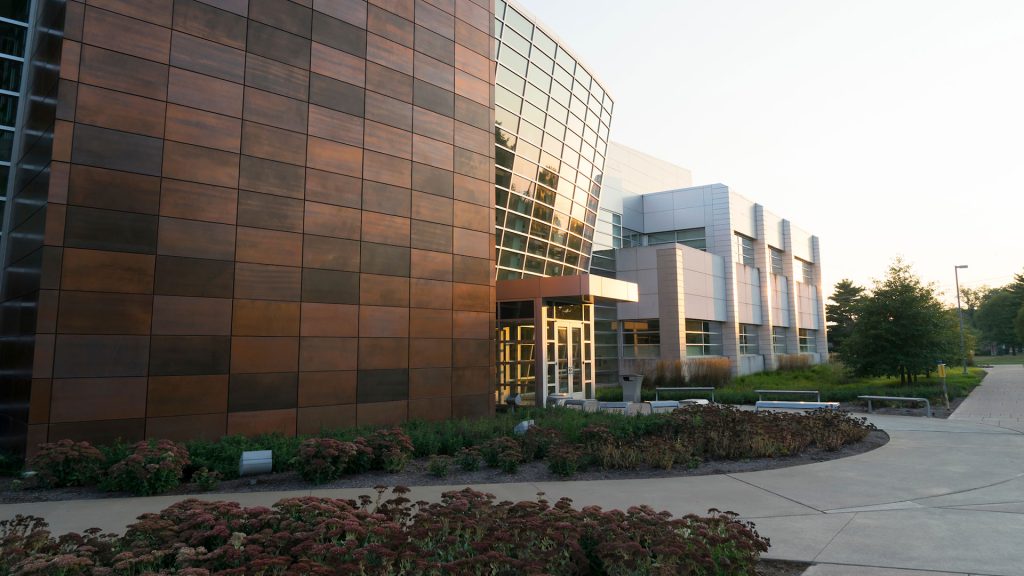PARI
Energetics
Lab
From infrastructure and commerce to aviation, the PARI Energetics Lab is dedicated to developing safer, more stable, and more efficient energetic materials. The research directly addresses current and future needs, ensuring continued advancements across various sectors.
OVERVIEW
The PARI Energetics Lab (PEL) supports the development of advanced energetic materials—the broad category of explosives, propellants, and pyrotechnics. Research on these materials and the systems that incorporate them meets a critical national need that ensures the safety of U.S. citizens, both at home and on the battlefield.
The lab’s primary goals include:
Innovation
Propelling innovation in synthesis and formulation of new types of energetic materials, machine learning and computer modeling, advanced manufacturing and diagnostics and characterization.
Education
Training the next generation of the energetics workforce through hands-on experience with these sensitive materials
Partnerships
Bolstering collaboration with industry and government stakeholders
Leverage
Transitioning new technologies to the defense and commercial markets
Facilities/Capabilities
The PEL leverages the most technologically advanced and capable energetic material manufacturing, testing, and characterization facilities in academia:



Maurice J. Zucrow Laboratories
Seven buildings and 22 labs with a rich, 65-year history of applied engineering research in energetics, rocket propulsion, combustion, and turbomachinery. Zucrow primarily supports formulation, additive manufacturing, combustion, and diagnostics research.
Birck Nanotechnology Center
An interdisciplinary research center that provides infrastructure for more than 150 faculty members and their research groups. The research center includes the Dynamic Analysis of Micro-and Nanosystems Laboratory, a world-class facility focused on sensor development and small-scale materials characterization.
FLEX Lab
Designed to adapt to the creative and innovative needs of engineering researchers. Its wet lab, dry lab and open spaces enable teams to collaborate on interdisciplinary research and discovery. FLEX Lab primarily supports synthesis, formulation and chemical analysis research.